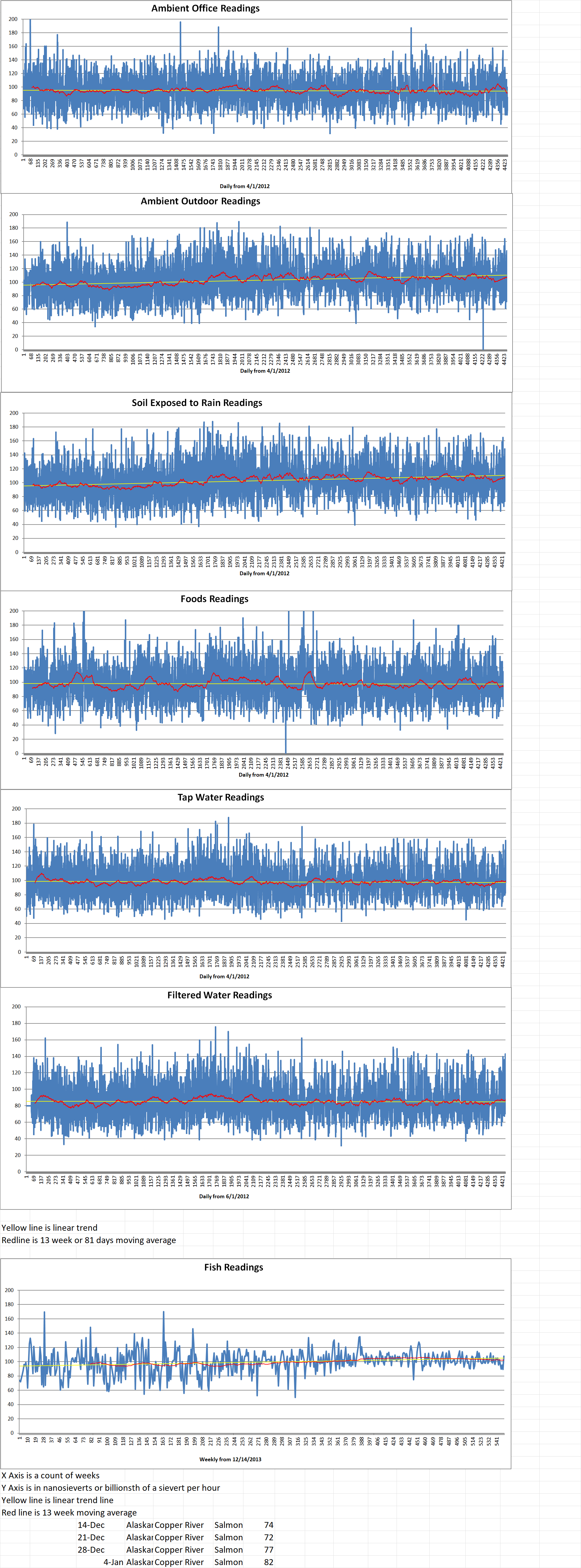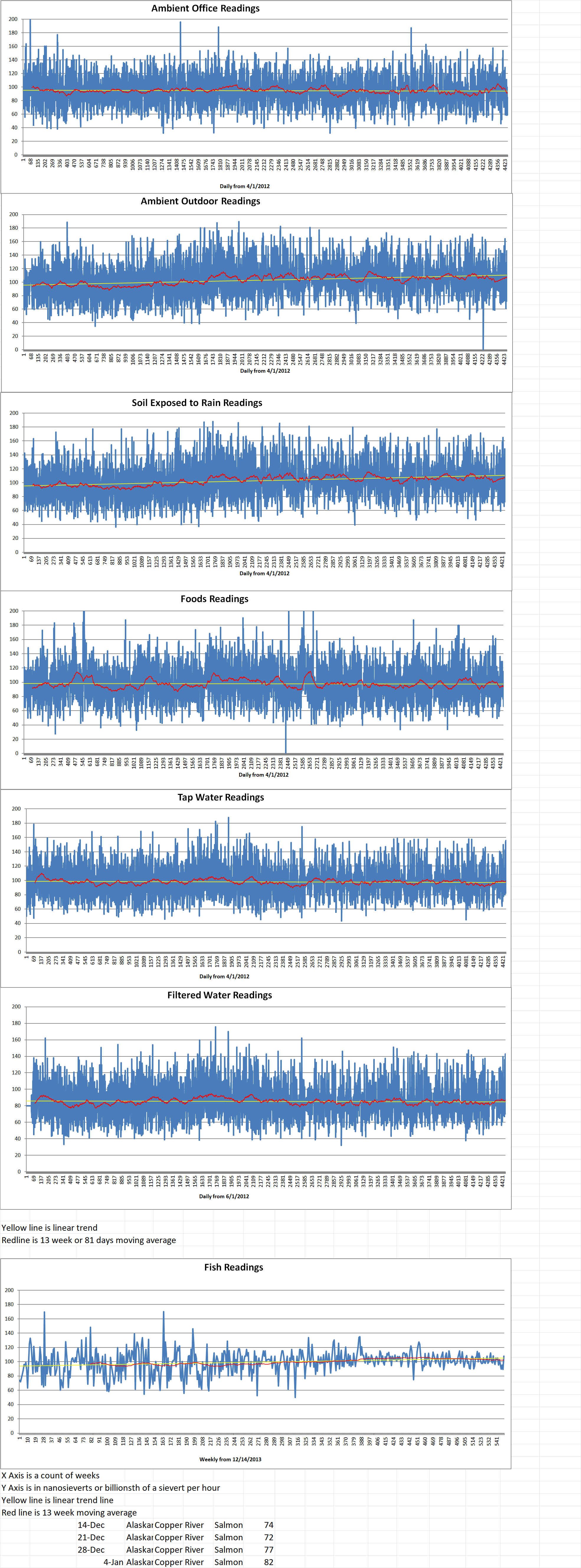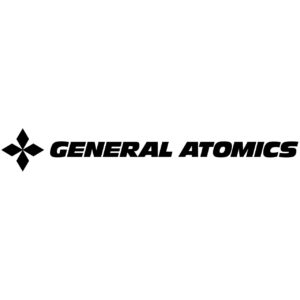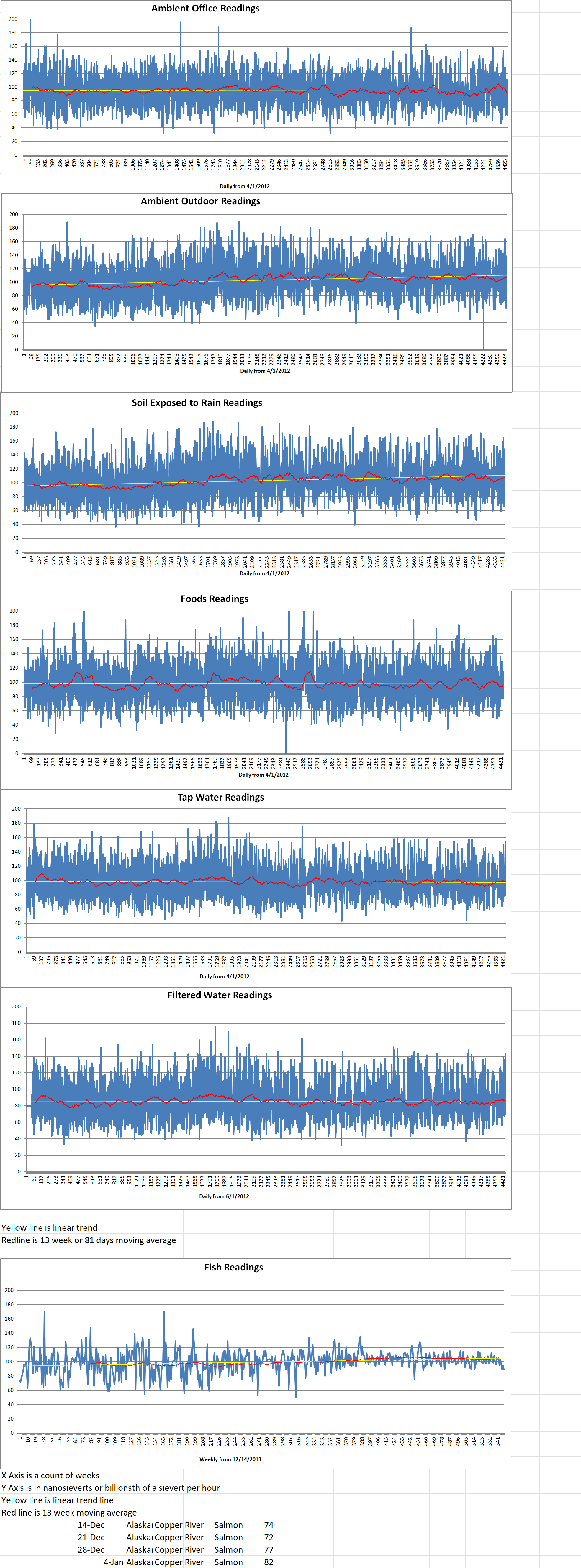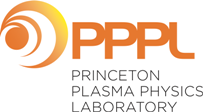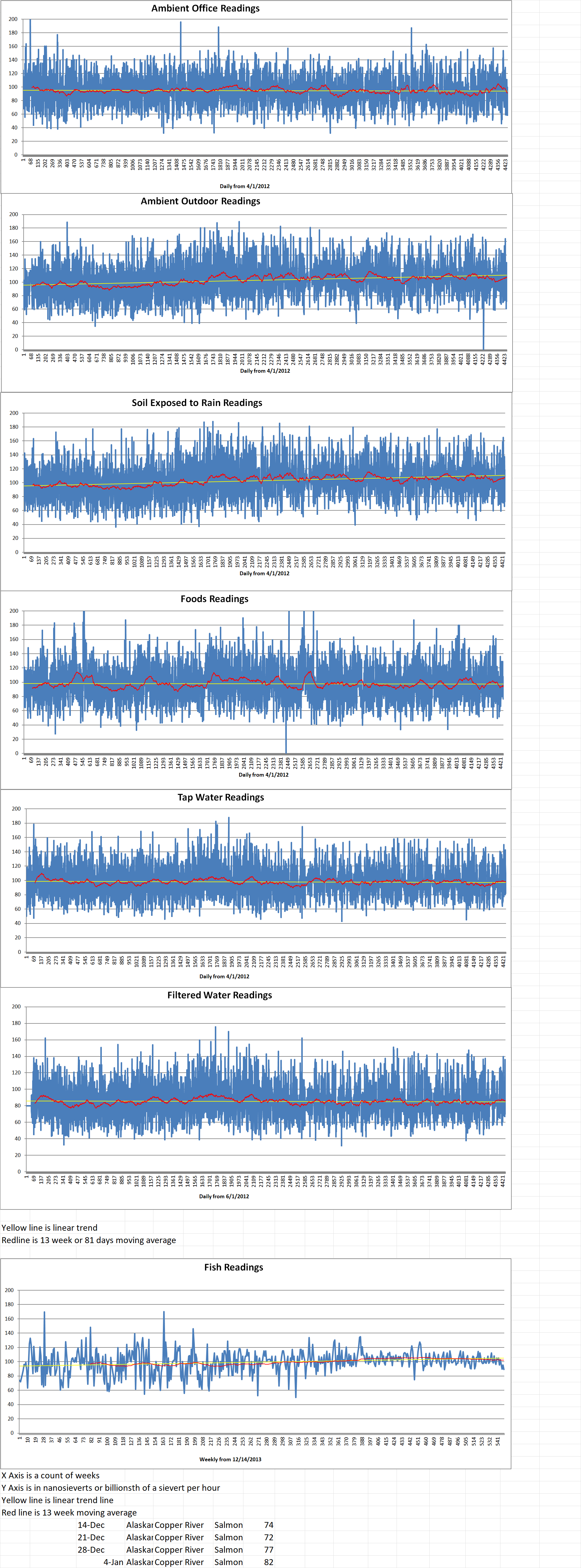Part 2 of 3 Parts (Please read Part 1 first)
Jordan Tiarks is another scientist at Ames Lab who is working on the project led by PNNL. He is focused on a different aspect of this reactor research. His team is relying on Ames Lab’s thirty-five years of experience leading the field in gas atomization, powder metallurgy, and technology transfer to industry to develop materials for the first wall structural material in a fusion reactor.
Tiarks said, “The first wall structural material is the part that holds it all together. It requires more complexity and more structural strength. Things like cooling channels need to be integrated in the structural wall so that we can extract all of that heat, and don’t just melt the first wall material.”
Tiarks’s team hopes to utilize over a decade of research focused on developing a unique way of creating oxide dispersion strengthened (ODS) steel for next generation nuclear fission reactors. ODS steel contains very small ceramic particles (nanoparticles) that are distributed throughout the steel. These particles improve the metal’s mechanical properties and assist in the ability to withstand high irradiation.
Tiarks said, “What this project does is it takes all of our lessons learned on steels, and we’re going to apply them to a brand-new medium, a vanadium-based alloy that is well suited for nuclear fusion.”
The major challenge that Tiarks’s team now faces is how vanadium behaves differently from steel. Vanadium has a much higher melting point, and it is more reactive than steel. It cannot be contained with ceramic. Instead, his team must use a similar but different process for creating vanadium-based powders.
Tiarks explained, “We use high pressure gas to break up the molten material into tiny droplets which rapidly cool to create the powders we’re working with. And [in this case] we can’t use any sort of ceramic to be able to deliver the melt. So what we have to do is called ‘free fall gas atomization’. It is essentially a big opening in a gas die where a liquid stream pours through, and we use supersonic gas jets to attack that liquid stream.”
There are some significant challenges with the method Tiarks described. The first problem is that it is less efficient than other methods that rely on ceramics. The second problem is that due to the high melting point of vanadium, it is harder to add more heat during the pouring process. This would provide more time to break up the liquid into droplets. The third problem is that vanadium tends to be reactive.
Tiarks added that “Powders are reactive. If you aerosolize them, they will explode. However, a fair number of metals will form a thin oxide shell on the outside layer that can help ‘passivate’ them from further reactions. It’s kind of like an M&M. It’s the candy coating on the outside that protects the rest of the powder particle from further oxidizing.”
Tiarks continued that, “A lot of the research we’ve done in the Ames lab is actually figuring out how we passivate these powders so you can handle them safely, so they won’t further react, but without degrading too much of the performance of those powders by adding too much oxygen. If you oxidize them fully, all of a sudden, now we have a ceramic particle, and it’s not a metal anymore, and so we have to be very careful to control the passivation process.”
Tiarks went on to explain that discovering a powder processing method for vanadium-based materials should make them easier to form into the complicated geometric shapes that are necessary for the second layer to function properly. In addition, vanadium will not interfere with the powerful magnetic fields in the reactor core.
Please read Part 3 next
Iowa State University

